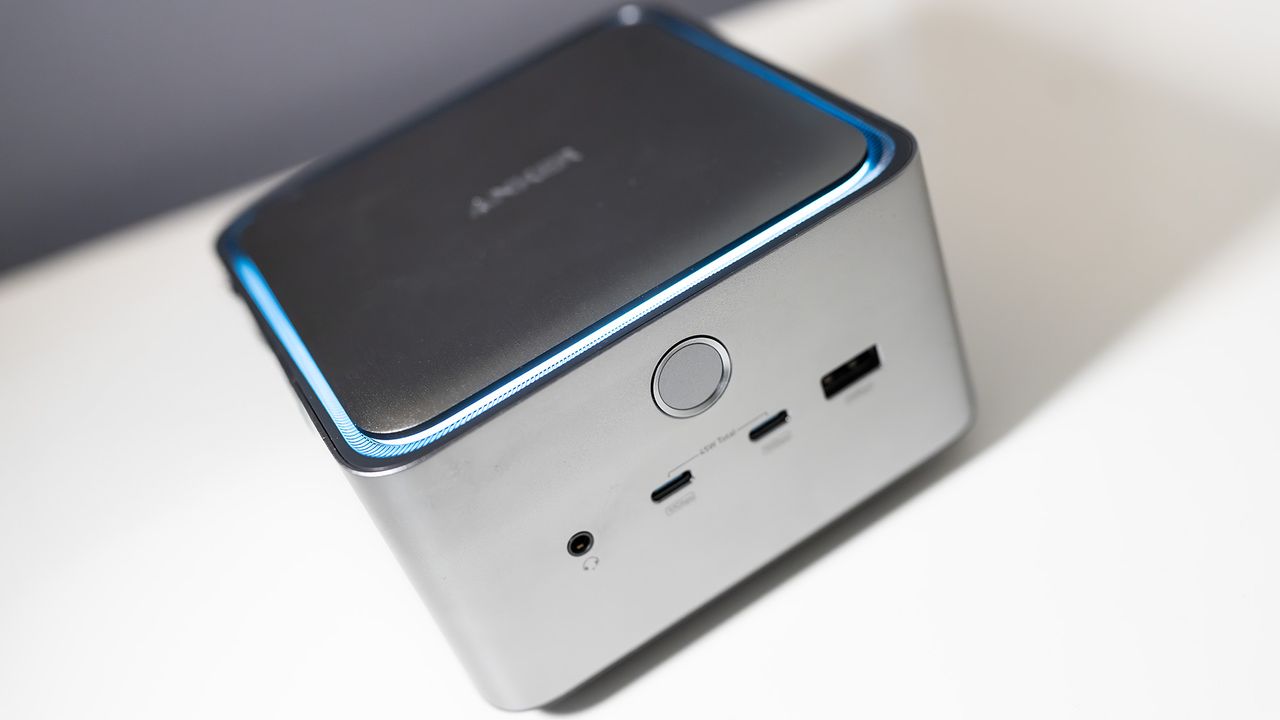Acheter une voiture électrique d'occasion, c'est un peu comme choisir un partenaire dans une application de rencontre : il faut vérifier la santé de la batterie, mais aussi s'assurer qu'elle ne vous laissera pas en rade au premier rendez-vous. Oui, mes amis, c'est le moment idéal pour dénicher une bonne affaire, à condition de ne pas tomber sur un modèle qui a connu plus de "recharges" que de "relations stables". Alors, avant de signer, pensez à tester la capacité de charge ! Qui sait, peut-être que vous finirez avec un petit bijou... ou un tas de ferraille avec une belle carrosserie.
#VoitureElectrique #Occasion #Batterie #Achat
#VoitureElectrique #Occasion #Batterie #Achat
Acheter une voiture électrique d'occasion, c'est un peu comme choisir un partenaire dans une application de rencontre : il faut vérifier la santé de la batterie, mais aussi s'assurer qu'elle ne vous laissera pas en rade au premier rendez-vous. Oui, mes amis, c'est le moment idéal pour dénicher une bonne affaire, à condition de ne pas tomber sur un modèle qui a connu plus de "recharges" que de "relations stables". Alors, avant de signer, pensez à tester la capacité de charge ! Qui sait, peut-être que vous finirez avec un petit bijou... ou un tas de ferraille avec une belle carrosserie.
#VoitureElectrique #Occasion #Batterie #Achat










